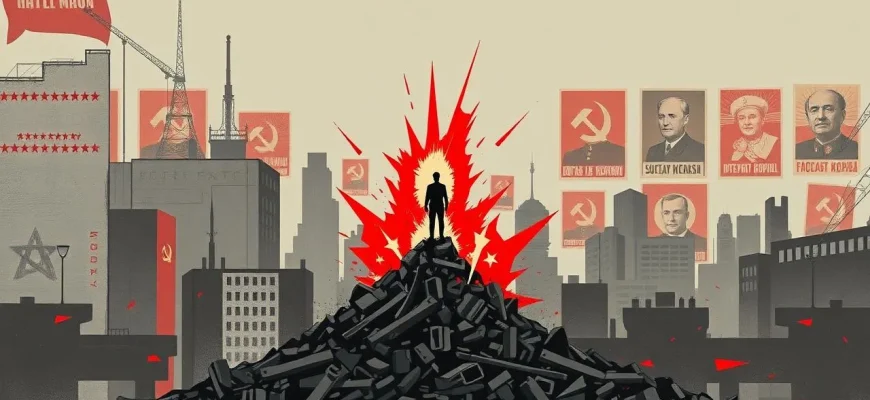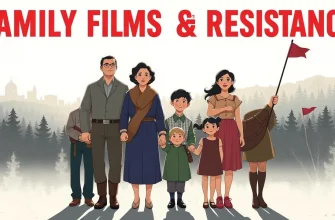Soviet cinema, often known for its propaganda, also explored themes of anarchy, rebellion, and the chaos of societal breakdown. This curated list of films delves into the Soviet Union's portrayal of anarchy, offering a unique perspective on freedom, resistance, and the human spirit. Each film has been selected for its thematic depth and its availability in English dubbing, making these cinematic treasures accessible to a broader audience.
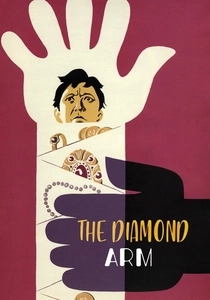
The Diamond Arm (1969)
Description: This comedy showcases the anarchic nature of crime and the absurdity of Soviet bureaucracy, where a man unwittingly becomes involved in a smuggling operation.
Fact: The film is one of the highest-grossing Soviet films of all time.
 Watch Now
Watch Now 
The Elusive Avengers (1966)
Description: This adventure film follows a group of young partisans during the Russian Civil War, embodying the spirit of anarchy through their fight against the White Army. Their actions reflect the chaotic yet hopeful struggle for a new order.
Fact: The film was so popular that it spawned two sequels, making it a beloved trilogy in Soviet cinema.
 Watch Now
Watch Now 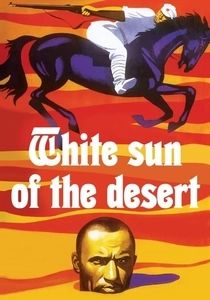
White Sun of the Desert (1970)
Description: Set in the aftermath of the Russian Civil War, this film explores themes of anarchy in the lawless desert, where a Red Army soldier must navigate through bandits and chaos to bring order.
Fact: It became a cult classic, with its theme song being a popular choice for cosmonauts to listen to before space missions.
 Watch Now
Watch Now 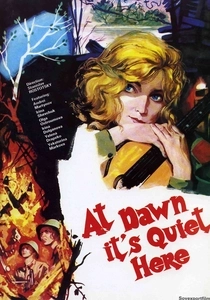
The Dawns Here Are Quiet (1972)
Description: Set during WWII, this film portrays the struggle of a group of female anti-aircraft gunners, highlighting the chaos of war and the anarchy of gender roles being overturned in extreme circumstances.
Fact: The film was remade in 2015, showing its enduring popularity.
 Watch Now
Watch Now 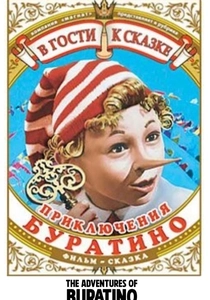
The Adventures of Buratino (1975)
Description: This adaptation of Pinocchio introduces themes of anarchy through the puppet's rebellion against his creator, symbolizing the struggle for individuality and freedom.
Fact: The film was based on Aleksey Tolstoy's adaptation of the Italian tale.
 Watch Now
Watch Now 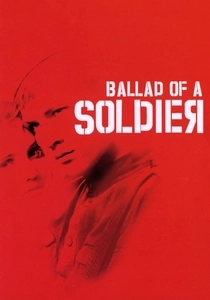
The Ballad of a Soldier (1959)
Description: While not directly about anarchy, this film captures the essence of individual freedom and the chaos of war, showcasing how one soldier's journey home reflects the broader theme of personal rebellion against the backdrop of WWII.
Fact: The film was nominated for an Academy Award for Best Original Screenplay.
 30 Days Free
30 Days Free 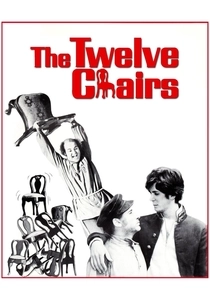
The Twelve Chairs (1971)
Description: This satirical comedy follows a con artist and a former aristocrat in their quest for hidden jewels, reflecting the anarchic nature of post-revolutionary Soviet society.
Fact: The film was based on a novel by Ilf and Petrov, which has been adapted multiple times.
 30 Days Free
30 Days Free 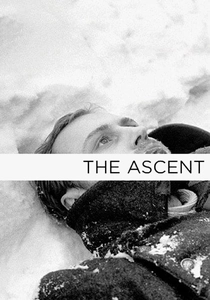
The Ascent (1977)
Description: This harrowing tale of two Soviet partisans during WWII explores themes of betrayal, survival, and the anarchic nature of war, where traditional structures collapse, and individuals must navigate their own moral compass.
Fact: Larisa Shepitko, the director, tragically died in a car accident shortly after the film's release.
 30 Days Free
30 Days Free 
The Irony of Fate (1975)
Description: Although a romantic comedy, the film subtly explores the theme of anarchy through the chaos of mistaken identity and the absurdity of Soviet urban planning, where every city looks the same.
Fact: It's a New Year's Eve tradition in Russia to watch this film.
 30 Days Free
30 Days Free 
The Garage (1979)
Description: This comedy-drama explores the anarchic nature of Soviet bureaucracy and the lengths people will go to secure personal property, showcasing the chaos of a garage cooperative election.
Fact: The film was directed by Eldar Ryazanov, known for his satirical takes on Soviet life.
 30 Days Free
30 Days Free 
